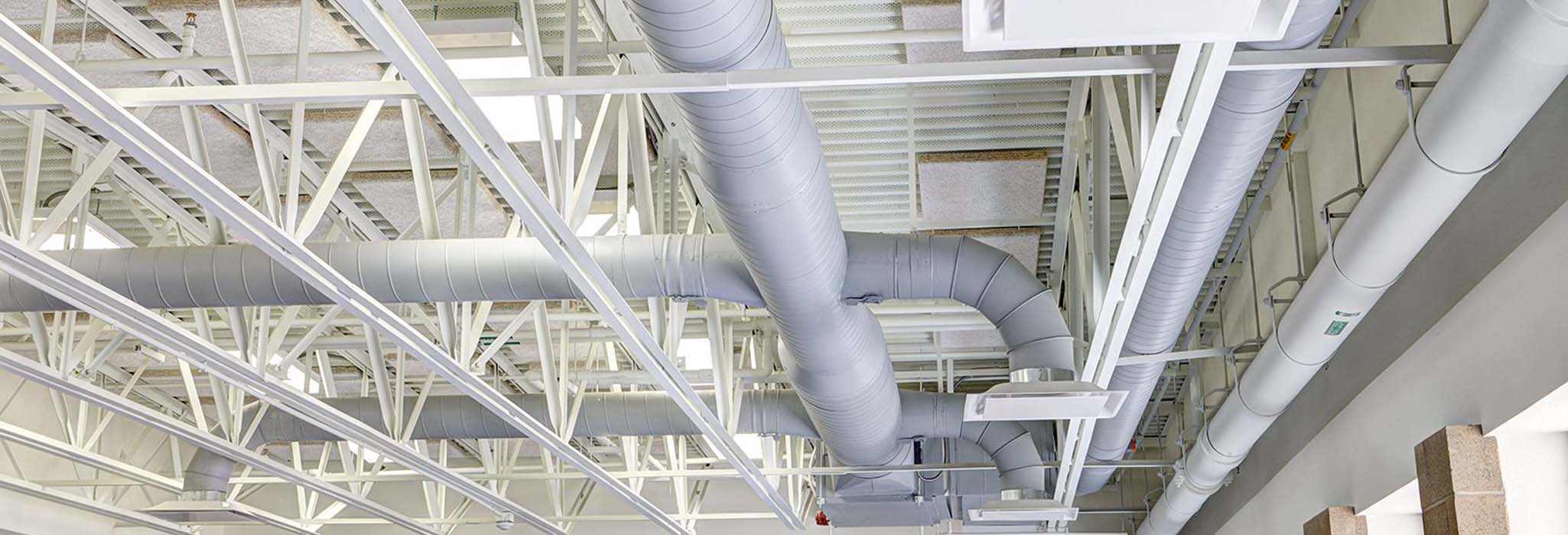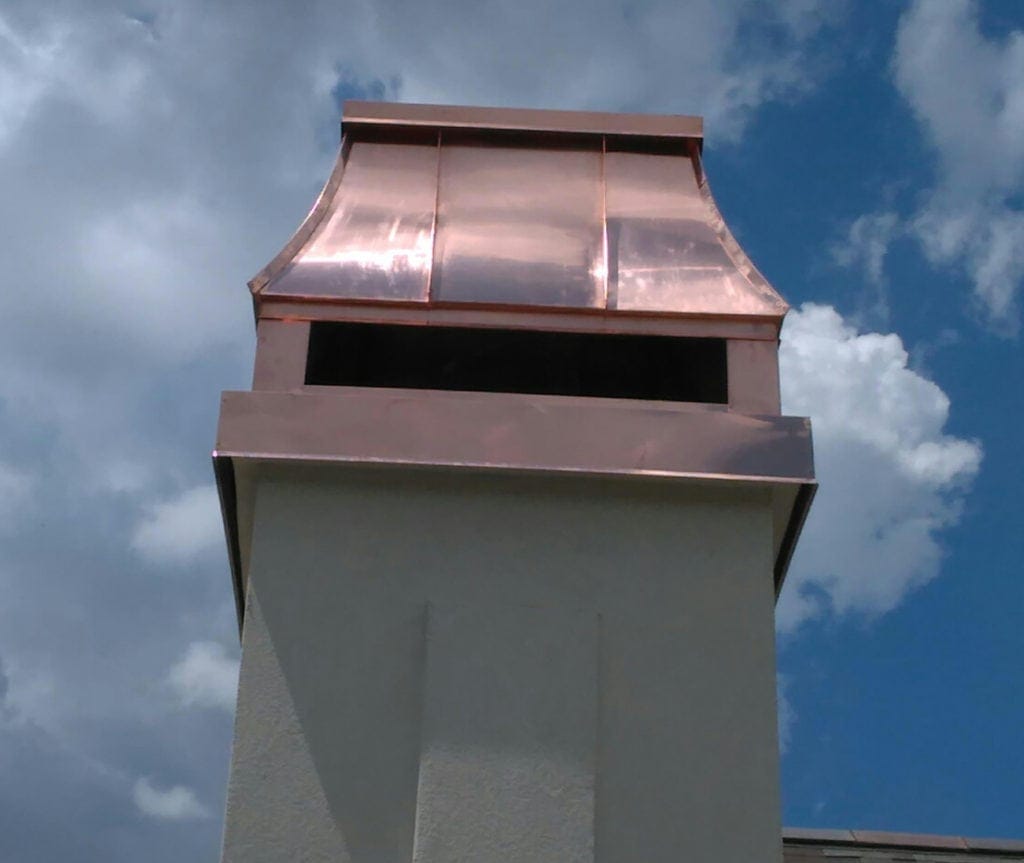Sheet Metal Ductwork

Quality metal ductwork is essential for efficiently distributing HVAC systems’ air throughout homes and buildings. Sheet metal fabrication is a process where metal parts are formed into flat and thin pieces, which can be cut and bent into various shapes. Many HVAC companies use custom sheet metal fabricators to create HVAC-system ductwork with custom specifications. Creating everything from ducts to plenums to brackets for HVAC systems is definitely a customized necessity, since each HVAC system is different in measurements and needs. Call Trouth Air Conditioning and Sheet Metal to speak with one of our certified technicians about how custom sheet metal fabrication can be a durable, cost-effective, and on-demand solution for you.
Sheet Metal Fabrication Basics
Custom-fabricated sheet metal typically comes in rectangular sheets or, if they’re thin and long, rolls. Sheet metal also comes in varying degrees of thickness: leaf/foil (very thin), 0.4 mm to 6 mm (sheet metal), and greater than 6 mm (stock plate). HVAC systems dictate specific industry standards of thickness for various parts of the ductwork, but the majority of dictates fall into the 6 mm range. Sheet metal forming is a grouping of several processes, working together in a complementary manner, to form the needed parts. One or more of these processes mechanically applies deformation forces changing the shape of the metal. Custom fabricators create ordered HVAC pieces by cutting and forming the flat sheet metal into the various shapes, then finishing each piece.

The Process
A custom order can begin with an engineering drawing, something much simpler like a hand-drawn illustration, or even a phone call with the needed measurements. All specifications, particularly measurements, are clarified before the project goes to the cutting, forming, and assembling stages.
Cutting—Cutting is the act of removing unneeded metal via shear deformation. It’s done with manual or power saws, chisels, and shears; a CNC (computer numerical control) router or machining; or torching with hand-held torches.
Forming—Forming is actually a process, in this case a process of metal deformation. A piece of metal is formed with great force by the application. The forming process can be controlled with the use of tools such as dies or punches. Machinery can also be used to control force direction and magnitude. Bending is the most prevalent process of forming used, typically accomplished by either hammering (powered or manually) or via press brakes and similar tools.
Assembling—Assembling is joining the cut and formed pieces. This can be done via welding; binding with threaded fasteners, adhesives, or riveting; or bending (yet again) by way of a crimped seam. Assembling is done with both manual labor and automation with the resulting product called a fabrication. After assembling, any finishing processes that may be requested, such as powder coating, may take place resulting in a completed fabrication.
Advantages
Custom sheet metal fabrication offers both an economical and highly flexible solution in the HVAC manufacturing industry. Sheet metal fabrication uses much less material than block-material machined parts, thereby offering an overall cost savings. Also, combining custom sheet metal fabrication with other metal fabrication processes many times results in a higher degree of flexibility. To realize both a cost savings and flexibility while meeting or exceeding the industry’s highest standards, call our certified technicians at Trouth Air Conditioning and Sheet Metal at 337-527-8683 in Sulphur, LA, to speak with one of committed experts about any of your custom HVAC fabrication needs.
Need HVAC Service?
Contact the experts at Trouth Air Conditioning & Sheet Metal.
Call us at 337-527-8683!
